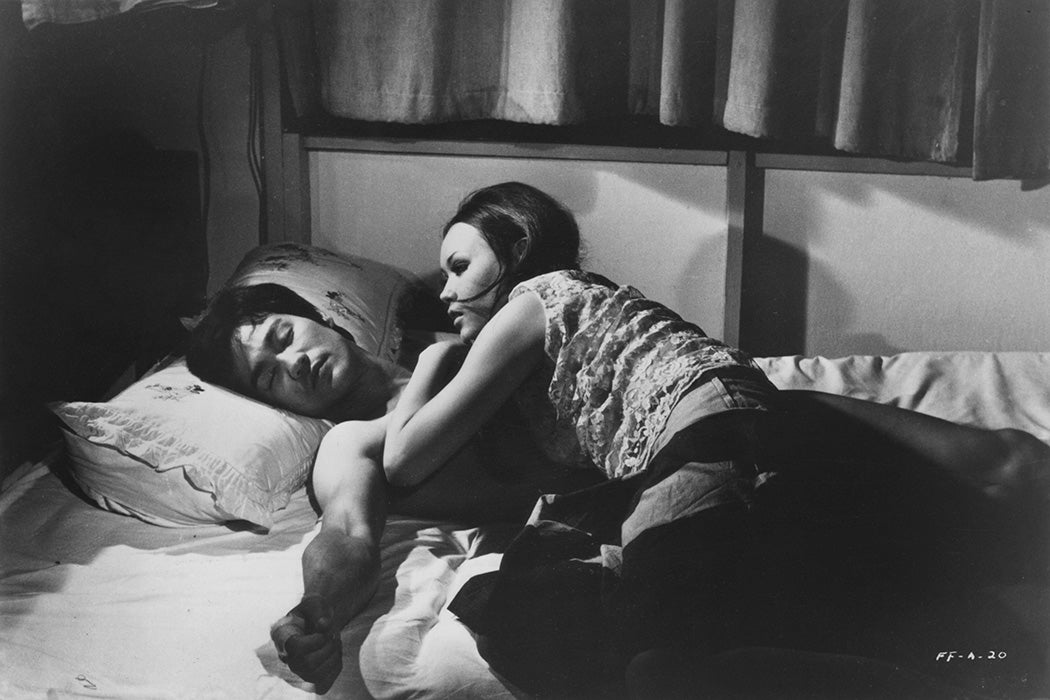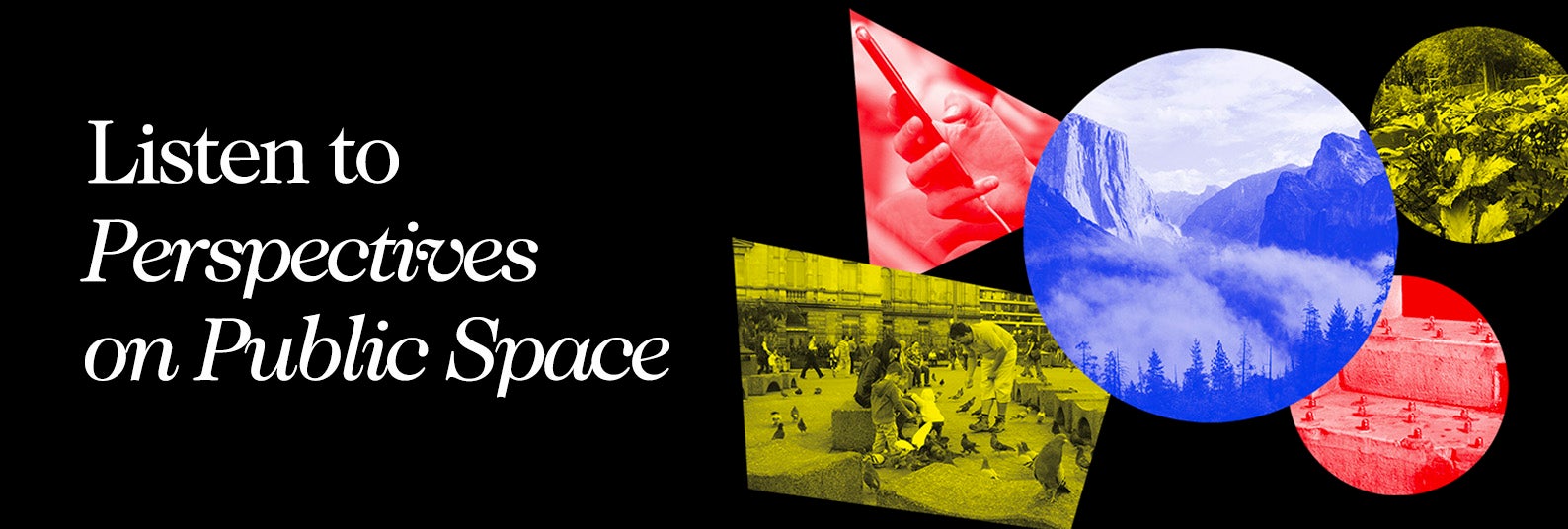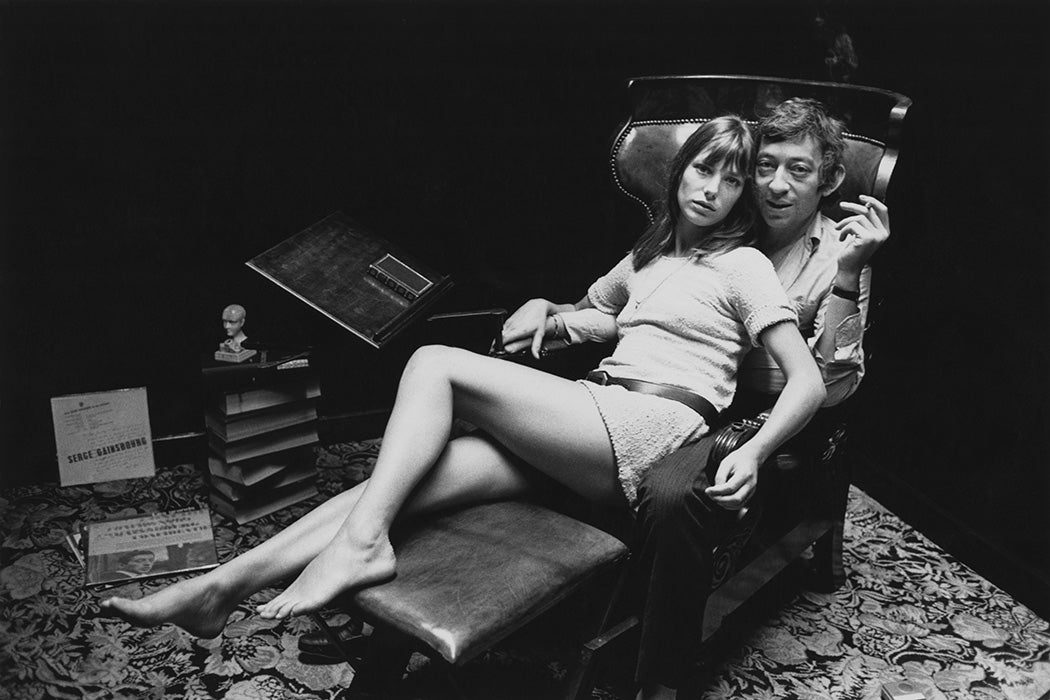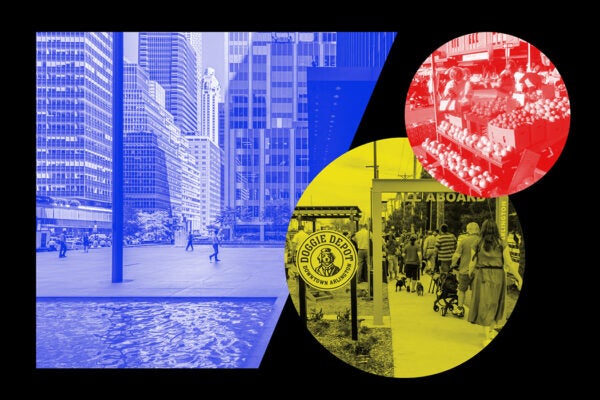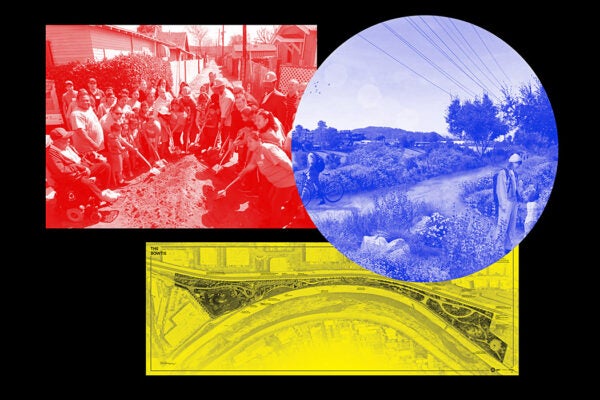Martial arts movie star Bruce Lee is a widely recognized icon: “the most celebrated Asian male in global popular culture,” as film scholar Celine Parreñas Shimizu puts it. Unsurprisingly, then, Lee’s untimely death in 1973, at the age of just thirty-two, sparked a heated tussle over his legacy that would be played out publicly in international media.
His widow, Linda Lee, penned a family-oriented book that purported to offer “her intimate perspective from inside a celebrated interracial marriage,” as Shimizu summarizes its content. Not to be outdone, B-list actress Betty Ting Pei—Lee’s alleged mistress—played herself in the salacious film Bruce Lee and I, billed as a tell-all about Lee’s sex- and drug-fueled last days.
“What is revealed in the contest between the collections of intimate personal observations and memories is ultimately not the secrets of Bruce Lee as a sexual being,” writes Shimizu. Instead, “we see the limits of expectations placed upon him by women located at different standpoints” in American and Hong Kong society.
Lee’s sexuality is at the heart of the dispute between the two women’s portrayals of the late star. Asian men in North America were already seen as “lacking masculine virility and sexual power in representation,” but Lee was singled out for also symbolizing “monk-like asceticism,” writes Shimizu. Linda Lee’s memoir Bruce Lee: The Man Only I Knew, which was reprinted three times upon its release in 1975, pushed back against this stereotype by emphasizing Lee’s sexual appeal.
Granted, Linda Lee continued to present his sexuality in racial terms. When she calls his reflexes “more feline than human,” her description “racializes him via an Asian-cat association that suggests sneakiness and inscrutability,” Shimizu explains, such that “what may seem like a pleasing and attractive characterization is an eroticization of his racial otherness.”
More to Explore
Jane Birkin’s Famous Love (Sex) Song
Though Linda Lee recognized the reality of racial discrimination against Chinese Americans, her memoir also sought to present interracial difference as no impediment to romantic love.
“I believe that it was our very differences in race, culture, upbringing, tradition and customs that were largely instrumental in bringing us even closer together,” she wrote. “[I]ndeed I believe that interracial problems can exist in a marriage only if a person sets out to make them so.” She further asserted that “[t]he only time you saw the real man…was when you saw him playing with his kids.”
Through these scenes of marital intimacy, she used the romance between “a normative ethnic American man and a devoted white wife” to stake a claim on Lee. By subtitling her book “the man only I knew” and dedicating it to their children “that they might know the rich legacy which is theirs alone,” Linda Lee sought to establish “her singular status as owner of his legacy and the sole authority on his masculinity,” Shimizu writes.
Linda Lee’s domestic portrait of her husband is in stark contrast with the image presented by Betty Ting Pei, the Hong Kong actress in whose bedroom Lee was found dead. While Linda Lee was portrayed as breaking ground with her pursuit of an interracial relationship despite disapproval, Betty Ting Pei presented herself as a “gender rebel” for embracing free love.
“Like Linda and Bruce’s relationship,” Shimizu writes, “which occurs as interracial marriages rise, Betty and Bruce’s relationship is also a product of their time: the rise of kung fu movies and porn in Hong Kong as well as the changing roles available to women.”
Betty Ting Pei’s movie Bruce Lee and I—also released as Bruce Lee I Love You and Bruce Lee: His Last Days, His Last Nights—“is largely perceived as notorious, defamatory, and part of a long line of exploitation films featuring Bruce Lee look-alikes who fail to capture his power,” Shimizu remarks. “Unique about this film, however, is the biographical aspect on the part of the leading actress Betty Ting Pei, who plays herself in scenes considered pornographic.”
In an iconic scene, an actor playing Lee suavely enters Betty Ting Pei’s home and “expresses his pleasure by grunting” at her sexy get-up. Next is shown a sexual encounter where “[s]he groans and gyrates in bed” in between breaks for drugs and smoking. “It is a direct contrast to his film Way of the Dragon, which shows Bruce Lee acting like an innocent and incompetent when faced with a woman in her apartment,” Shimizu explains.
In Betty Ting Pei’s movie, the lovers bond over “their shared class struggle and racialization through sex and gender that they face,” as the movie juxtaposes her sex work with his past jobs as a driver, a restaurant worker, and a gas station attendant.
Weekly Newsletter
With these competing narratives of their relationships, “Linda Lee claims the respectability of marriage denied interracial couples in the United States, and Betty Ting Pei emphasizes Bruce’s ethnoracial sameness in a transnational context,” Shimizu writes. The former “normalizes him as a quintessential American husband and father who happened to be Asian,” while the latter “lauds Bruce Lee’s celebrity macho and unbridled libido.”
Yet both versions of the story “utilize phallocentrist discourse,” in Shimizu’s words—that is, they center male sexuality while “treat[ing] women in a derivative and secondary way.”
At the same time, Shimizu notes that “a hierarchy persists” in how the two women are perceived, since Linda Lee’s narrative is typically taken as a legitimate account by a devoted white wife, while “Betty Ting Pei’s is a largely unknown voice of the bad and improper Asian mistress.” As Shimizu concludes, “sex and its representation reveal more about the map of socially sanctioned structures that govern our desires and their expression than about racial and gendered success and visibility and who may own and claim that legacy.”
